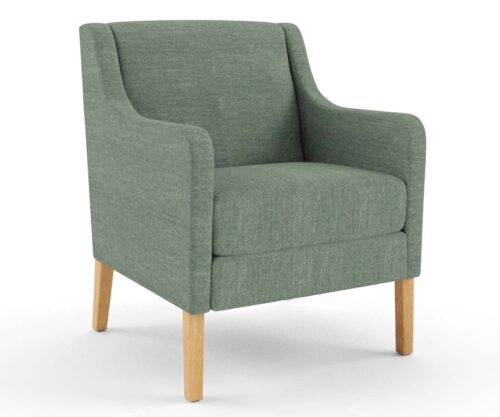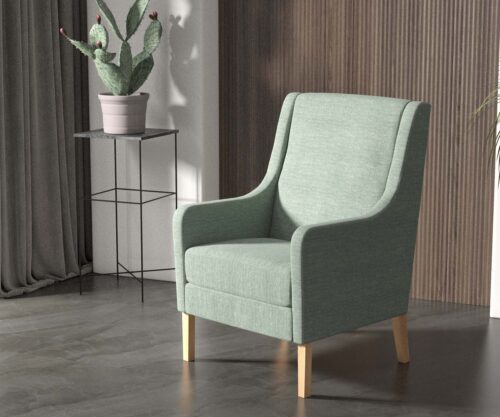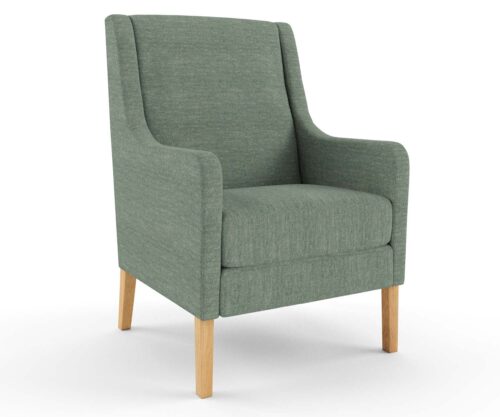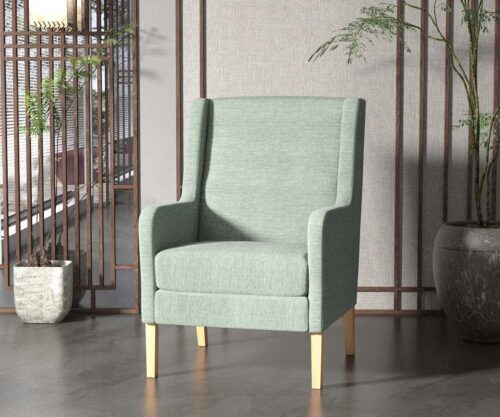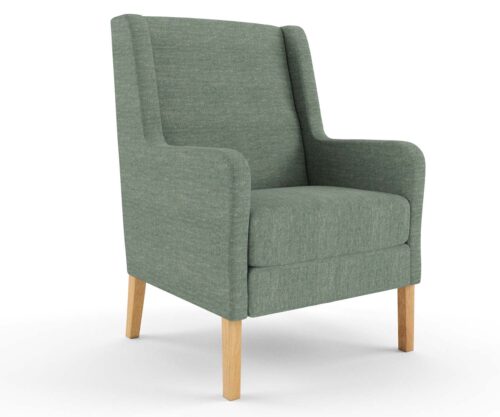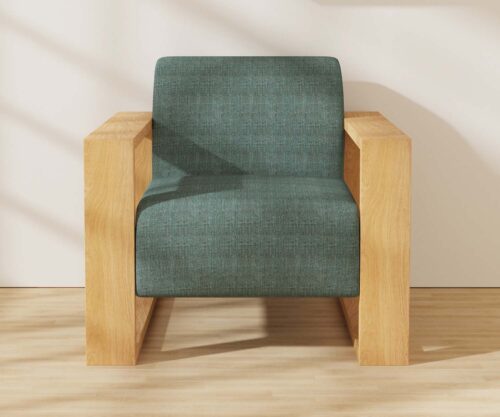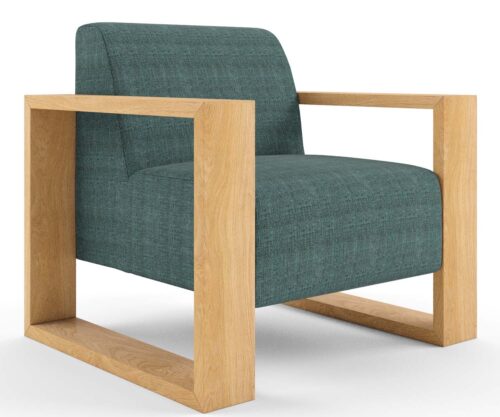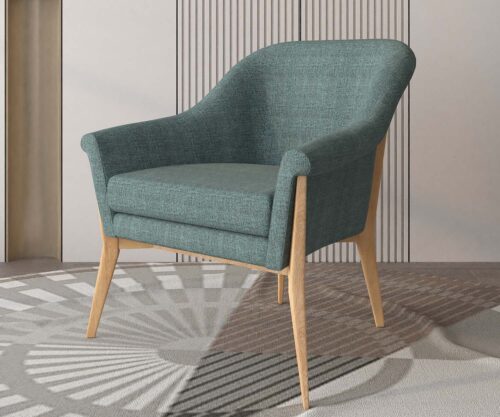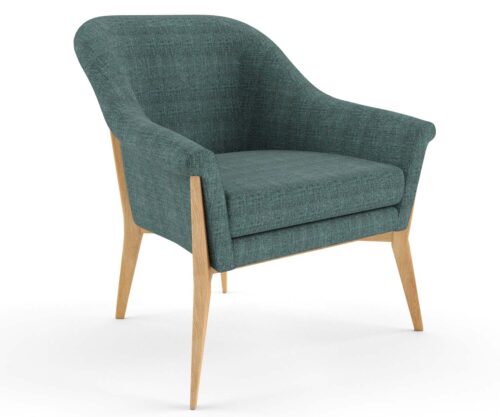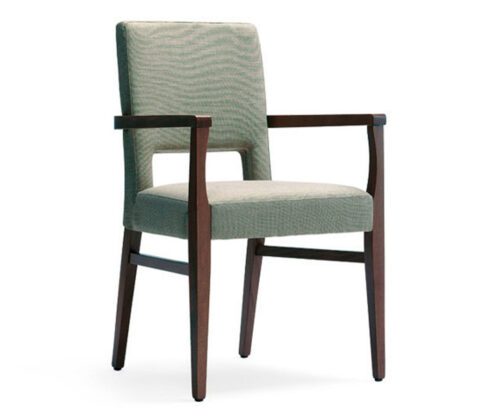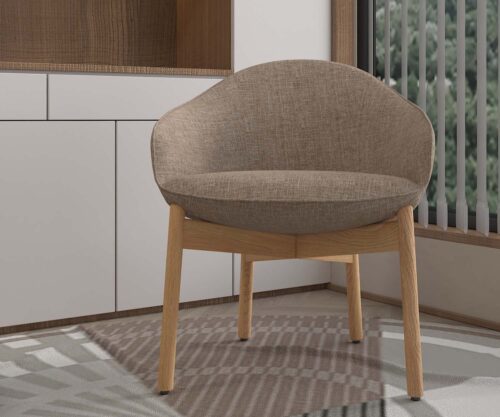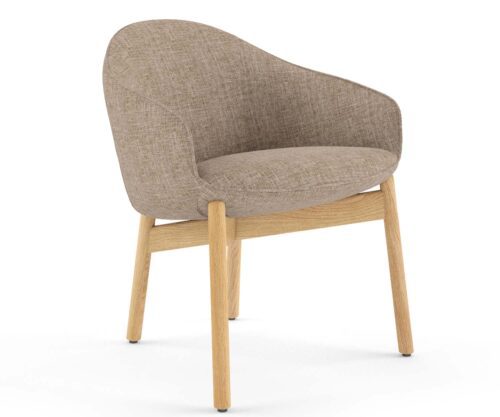Complying with the Australian Aged Care Quality Standards: 6 ways furniture helps improve your service environment

What role does furniture play in helping aged care facilities comply with aged care quality standards for an organisation’s service environment?
The Aged Care Quality Standards, delivered by the Australian Government’s Aged Care Quality and Safety Commission, came into effect on 1 July 2019. Commissioner, Janet Anderson PSM, said the standards raise the bar by strengthening the focus on consumer-centred care which respects the dignity and identity of the individual and seeks to improve their experiences and outcomes of care.
What happens if you don’t comply with the Aged Care Quality Standards?
Christina Bolder from the Commission had this to say about aged care providers not complying with the standards…
“If we’re not satisfied at the end of the timetable [Timetable for Improvement] that the necessary improvements have been made, the Commission will make a referral to the Department of Health who may consider a range of sanctions that are available under the Aged Care Act.”
Some residential aged care services may be seeking guidance on how best to comply with the aged care quality standards. Arguably one of the most important standards in terms of consumer outcomes is Standard 5 – Organisation’s Service Environment. This standard ensures that the aged care organisation provides a safe and comfortable service environment that promotes the consumer’s independence, function and enjoyment. One of the key elements of this standard is the role of furniture and ensuring that aged care furniture is clean, safe, well-maintained and suitable for residents of aged care facilities. (See also our tips on keeping aged care furniture clean.)
Here are 6 ways furniture can play an integral role in helping aged care facilities comply with Aged Care Quality Standards for an organisation’s service environment…
1: Furniture choice can help with fall prevention.
Aged care residents with dementia are eight times more likely to experience a fall than those of the same age without dementia (Allan, Ballard et al. 2009). A significant reduction in injuries associated with falls has been achieved by providing furniture that puts the person with dementia closer to the ground (Scandura 1995). Falls may also be prevented by rearranging furniture and adjusting chair heights (Kallin, Jensen et al. 2004).
2: Furniture can play a key role in creating a familiar, welcoming place for aged care residents, contributing to a sense of wellbeing and calm.
Aged care facilities can make use of furniture fabrics, styles and colours to create warm, home-like and familiar environments for aged care residents. This is particularly important for people with dementia who are more able to use and enjoy places and objects that are familiar to them from their early life.
Involving the person with dementia in personalizing their environment with familiar objects can increase the familiarity of their surroundings, allowing them to feel more confident and independent within their environment. Inviting residents to have their own furniture in their bedrooms can also assist in making bedrooms a more familiar place for them.
Within lounge and dining rooms, having familiar furniture will help create an inviting atmosphere, encouraging residents to use and enjoy them. Ensure there is a variety of furniture types (e.g., several familiar styles of chairs), a variety of furniture heights and a variety of familiar furniture coverings and finishes. Avoid hospital-style furniture and the use of only one type of furniture. Try to create a home-like or hotel feel when choosing furniture.
3. Updating or arranging furniture can offer an easy, cheaper alternative to large-scale renovations.
Not every aged care facility will have the budget to carry out expensive renovations in response to needing to meet the environmental component of the Aged Care Quality Standards. For most, it will be useful to ask…
“Can we improve this situation by using our existing resources differently?”
For example, can we arrange our existing furniture to make our service environment more welcoming and easier to understand for residents? For those facilities that do have a more expansive budget, updating and arranging furniture may be only the first step in their schedule of priorities as they systematically consider their environmental changes.
4. Furniture can be used to encourage conversation and interaction, optimizing the resident’s sense of belonging and independence.
An important part of any aged care living environment is the provision of social opportunities for residents. Furniture can be arranged in sitting rooms and lounge rooms to encourage conversation and provide residents with the opportunity to socialize in a comfortable, home-like environment. Ensure furniture layouts accommodate small groups so that aged care residents can comfortably gather without having to rearrange the furniture.
Furniture placement is particularly important when it comes to mealtimes, where the atmosphere in a dining room can influence the residents’ enjoyment of their food. If the dining room environment is not set up appropriately, this can hinder food consumption, which may impact the health and well-being of residents. There should be enough aged care dining furniture to make it a home-like, social experience, but not so much that it appears cluttered. Tables and chairs should be arranged to promote interaction between residents while also adhering to social distancing requirements when necessary. Ideally, aged-care dining furniture should be arranged for small groups of diners.
5. Appropriate use of furniture can be used to reduce the visual clutter in a room which can help residents better interpret their environments.
Visual clutter can be distracting and make it difficult for aged care residents to interpret their environment. For example, a room full of furniture can make it difficult for someone to see what they are looking for. It’s important that residents are able to focus on the important objects in a room and one way to do this is to avoid storing furniture in rooms that are not storerooms. It’s also important to ensure that all furniture and furniture coverings chosen are relevant to residents.
6. Furniture can be an important wayfinding device and help give each room a distinctive character and feel so that its use is clearly identifiable.
If an aged care resident is no longer able to remember what a certain room is for, it’s important that the environment gives cues as to the room’s purpose. Choice and placement of furniture within a room can provide multiple cues about the room’s purpose and improve wayfinding; after all, a lounge room is going to have a very different character and feel to a dining room. Avoid using common colour schemes and furniture throughout a facility.
Understanding your aged care service environment: vital for standards compliance
It’s easy to see how furniture is a key player in allowing an aged care resident to feel safe and comfortable within an organisation’s service environment and having a furniture solutions provider who understands your service environment is vital. With over 20 years of experience in the aged care furniture manufacturing industry, we bring solutions to our client’s unique circumstances; it’s what we do best.
Call us today on 07 3808 7922 or send us a message and we will share with you how you can strike the balance between function, aesthetics and budget.
Some of our favourite chairs designed specifically for residents of aged care and retirement living
More News
Complying with the Australian Aged Care Quality Standards: 6 ways furniture helps improve your service environment

What role does furniture play in helping aged care facilities comply with aged care quality standards for an organisation’s service environment?
The Aged Care Quality Standards, delivered by the Australian Government’s Aged Care Quality and Safety Commission, came into effect on 1 July 2019. Commissioner, Janet Anderson PSM, said the standards raise the bar by strengthening the focus on consumer-centred care which respects the dignity and identity of the individual and seeks to improve their experiences and outcomes of care.
What happens if you don’t comply with the Aged Care Quality Standards?
Christina Bolder from the Commission had this to say about aged care providers not complying with the standards…
“If we’re not satisfied at the end of the timetable [Timetable for Improvement] that the necessary improvements have been made, the Commission will make a referral to the Department of Health who may consider a range of sanctions that are available under the Aged Care Act.”
Some residential aged care services may be seeking guidance on how best to comply with the aged care quality standards. Arguably one of the most important standards in terms of consumer outcomes is Standard 5 – Organisation’s Service Environment. This standard ensures that the aged care organisation provides a safe and comfortable service environment that promotes the consumer’s independence, function and enjoyment. One of the key elements of this standard is the role of furniture and ensuring that aged care furniture is clean, safe, well-maintained and suitable for residents of aged care facilities. (See also our tips on keeping aged care furniture clean.)
Here are 6 ways furniture can play an integral role in helping aged care facilities comply with Aged Care Quality Standards for an organisation’s service environment…
1: Furniture choice can help with fall prevention.
Aged care residents with dementia are eight times more likely to experience a fall than those of the same age without dementia (Allan, Ballard et al. 2009). A significant reduction in injuries associated with falls has been achieved by providing furniture that puts the person with dementia closer to the ground (Scandura 1995). Falls may also be prevented by rearranging furniture and adjusting chair heights (Kallin, Jensen et al. 2004).
2: Furniture can play a key role in creating a familiar, welcoming place for aged care residents, contributing to a sense of wellbeing and calm.
Aged care facilities can make use of furniture fabrics, styles and colours to create warm, home-like and familiar environments for aged care residents. This is particularly important for people with dementia who are more able to use and enjoy places and objects that are familiar to them from their early life.
Involving the person with dementia in personalizing their environment with familiar objects can increase the familiarity of their surroundings, allowing them to feel more confident and independent within their environment. Inviting residents to have their own furniture in their bedrooms can also assist in making bedrooms a more familiar place for them.
Within lounge and dining rooms, having familiar furniture will help create an inviting atmosphere, encouraging residents to use and enjoy them. Ensure there is a variety of furniture types (e.g., several familiar styles of chairs), a variety of furniture heights and a variety of familiar furniture coverings and finishes. Avoid hospital-style furniture and the use of only one type of furniture. Try to create a home-like or hotel feel when choosing furniture.
3. Updating or arranging furniture can offer an easy, cheaper alternative to large-scale renovations.
Not every aged care facility will have the budget to carry out expensive renovations in response to needing to meet the environmental component of the Aged Care Quality Standards. For most, it will be useful to ask…
“Can we improve this situation by using our existing resources differently?”
For example, can we arrange our existing furniture to make our service environment more welcoming and easier to understand for residents? For those facilities that do have a more expansive budget, updating and arranging furniture may be only the first step in their schedule of priorities as they systematically consider their environmental changes.
4. Furniture can be used to encourage conversation and interaction, optimizing the resident’s sense of belonging and independence.
An important part of any aged care living environment is the provision of social opportunities for residents. Furniture can be arranged in sitting rooms and lounge rooms to encourage conversation and provide residents with the opportunity to socialize in a comfortable, home-like environment. Ensure furniture layouts accommodate small groups so that aged care residents can comfortably gather without having to rearrange the furniture.
Furniture placement is particularly important when it comes to mealtimes, where the atmosphere in a dining room can influence the residents’ enjoyment of their food. If the dining room environment is not set up appropriately, this can hinder food consumption, which may impact the health and well-being of residents. There should be enough aged care dining furniture to make it a home-like, social experience, but not so much that it appears cluttered. Tables and chairs should be arranged to promote interaction between residents while also adhering to social distancing requirements when necessary. Ideally, aged-care dining furniture should be arranged for small groups of diners.
5. Appropriate use of furniture can be used to reduce the visual clutter in a room which can help residents better interpret their environments.
Visual clutter can be distracting and make it difficult for aged care residents to interpret their environment. For example, a room full of furniture can make it difficult for someone to see what they are looking for. It’s important that residents are able to focus on the important objects in a room and one way to do this is to avoid storing furniture in rooms that are not storerooms. It’s also important to ensure that all furniture and furniture coverings chosen are relevant to residents.
6. Furniture can be an important wayfinding device and help give each room a distinctive character and feel so that its use is clearly identifiable.
If an aged care resident is no longer able to remember what a certain room is for, it’s important that the environment gives cues as to the room’s purpose. Choice and placement of furniture within a room can provide multiple cues about the room’s purpose and improve wayfinding; after all, a lounge room is going to have a very different character and feel to a dining room. Avoid using common colour schemes and furniture throughout a facility.
Understanding your aged care service environment: vital for standards compliance
It’s easy to see how furniture is a key player in allowing an aged care resident to feel safe and comfortable within an organisation’s service environment and having a furniture solutions provider who understands your service environment is vital. With over 20 years of experience in the aged care furniture manufacturing industry, we bring solutions to our client’s unique circumstances; it’s what we do best.
Call us today on 07 3808 7922 or send us a message and we will share with you how you can strike the balance between function, aesthetics and budget.
Some of our favourite chairs designed specifically for residents of aged care and retirement living
Commercial furniture by room
Based in Brisbane, we’re an Australian manufacturer of health and aged care furniture, retirement living furniture, hotel and accommodation furniture and student accommodation furniture. We also supply a range of commercial office furniture.
Is your commercial furniture built to last?
Not sure? Get your Furniture Quality Checklist today.
Discover what you need to know before purchasing commercial furniture. Confidently order furniture without compromising on quality, style, and the comfort and safety of your clients.
PLUS, sign up for Retirement Living and Aged Care Industry News.


